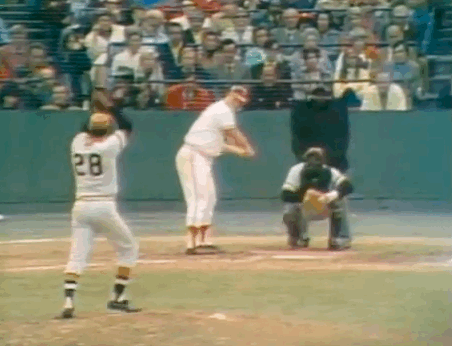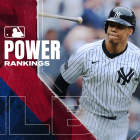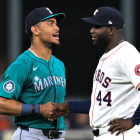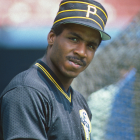More MLB: Scoreboard | Standings | Probable Pitchers | Sortable Stats | Odds
I enjoy keeping score. It's a liturgy unique to baseball, it tunes you into a game quite like nothing else does, and a filled scorebook is the sign of a life lived well.
When it comes to keeping score, most fans, of course, have their own flourishes that center around a few "best practices," so with the spirit of rugged individualism as my guide, I'd thought I've give a brief walking tour of how I've come to score a game over the years.
As for the raw materials, lately I've come to use the Eeephus League scorebook, mostly because I like the size and the design.
The game in question? I've chosen Game 7 of the 1971 World Series between the Pirates and Orioles. It was a tense, high-stakes affair, and it featured a number of players whom I enjoy watching ply their trades -- Roberto Clemente, Frank Robinson, Boog Powell, Mike Cuellar, Brooks Robinson and Willie Stargell among them.
Now here are my interactive scoresheets for this game. Hover over the image with your cursor (is that what they still call it?) and click on the red dots for brief explanations of my method and some observations with regard to this particular Buccos-O's encounter, which ended in a 2-1 Pirates victory ...
Not pictured: Dave McNally's 1/3 of an inning. For the oversight, blame my five-year-old and the cornucopia of distractions he so regularly provides.
And here's that Blass-to-Boog curve-piece referenced above ...

Given that Cuellar and Blass were on the bump, you blessedly saw a lot of junk stuff in this game. This led Curt Gowdy to begin using the word "curve" as a transitive verb -- e.g., "Blass curved him for the strikeout!" This is a usage quirk that needs to start happening again. Like today.
Anyhow, If you're so inclined, here's the game itself ...
Happy baseball, folks.






















